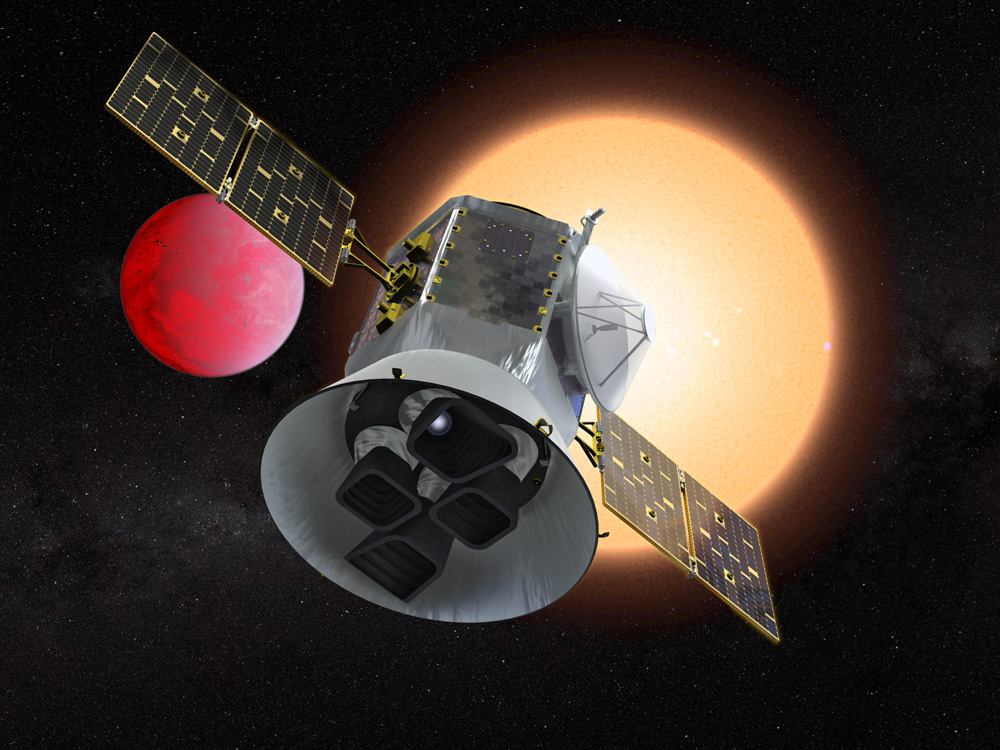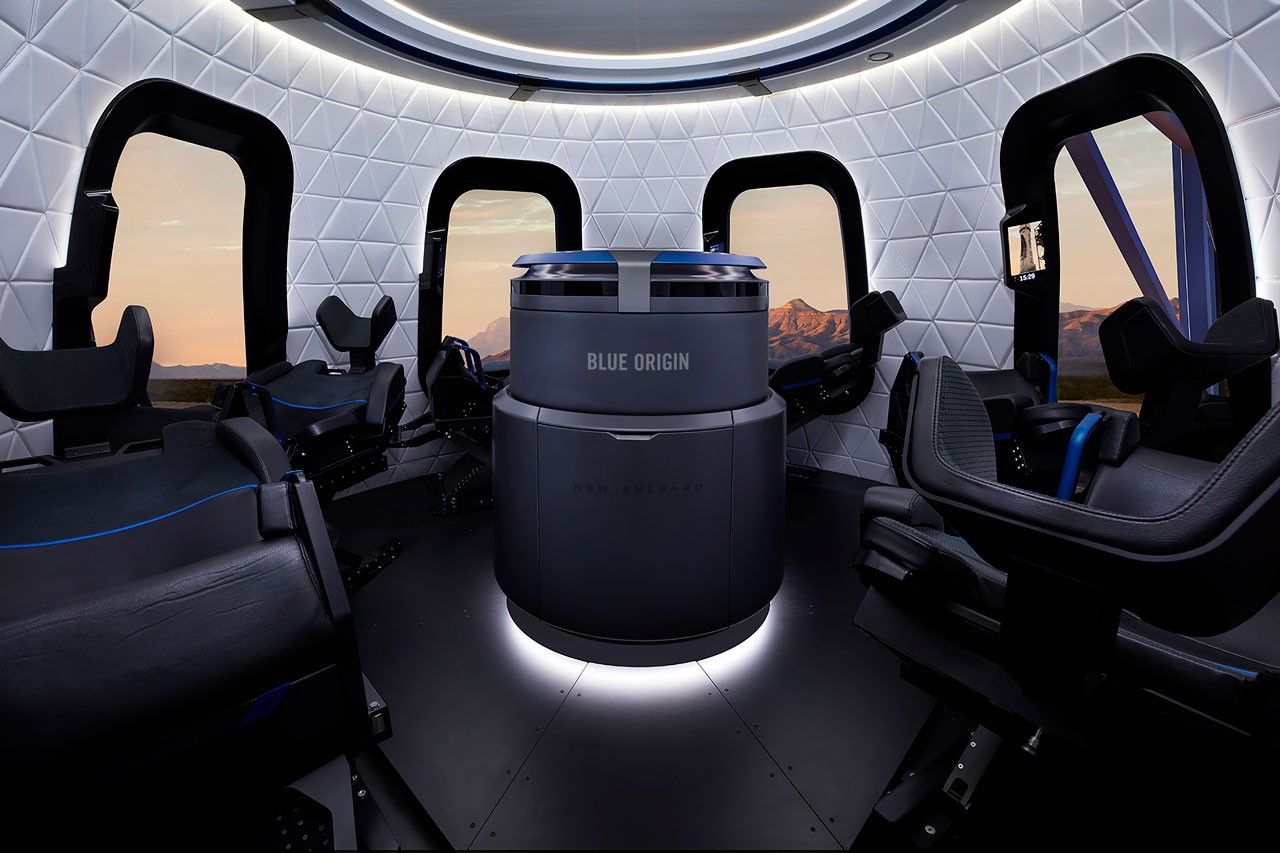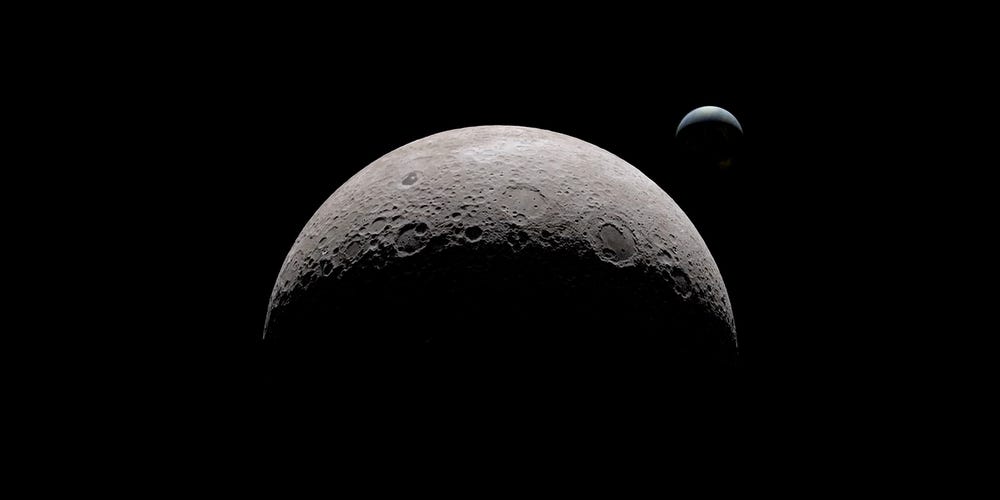More than 2,200 potential candidate planets have been confirmed by NASA‘s TESS (Transiting Exoplanet Survey Satellite) space telescope. The evidence reveals hundreds of smaller planets that could resemble the rocky structures of Earth, proving to be a large feat for the space agency.
The initial expectations for TESS were to find around 1,600 Earth-looking planets, but those expectations have been far exceeded.
The satellite was initially launched in 2018, now orbiting between the Moon and the Earth. However, its mission has now extended to provide all-sky surveys over the Earth’s northern and southern hemispheres. As scientists work around the clock to confirm the discoveries, TESS’s findings show promising results of a number of known exoplanets, aka planets that orbit other stars.
In a statement from NASA, Natalia Guerrero, researcher at the Massachusetts Institute of Technology said, “The exciting thing is to look at the map of TESS exoplanets as a kind of to-do list – with 2,000 things on it.”
Among of the Earth-like planets, some interesting findings include rocky planet TOI-700, which is approximately 100 light-years away, a “hot super-Earth”, LHS 3844 b, which is extremely close and only an 11-hour orbit away from Earth, as well as TOI 1690 b, which is a rare remnant of a red giant star, and more. The candidate planets are to be studied by NASA in greater detail.




